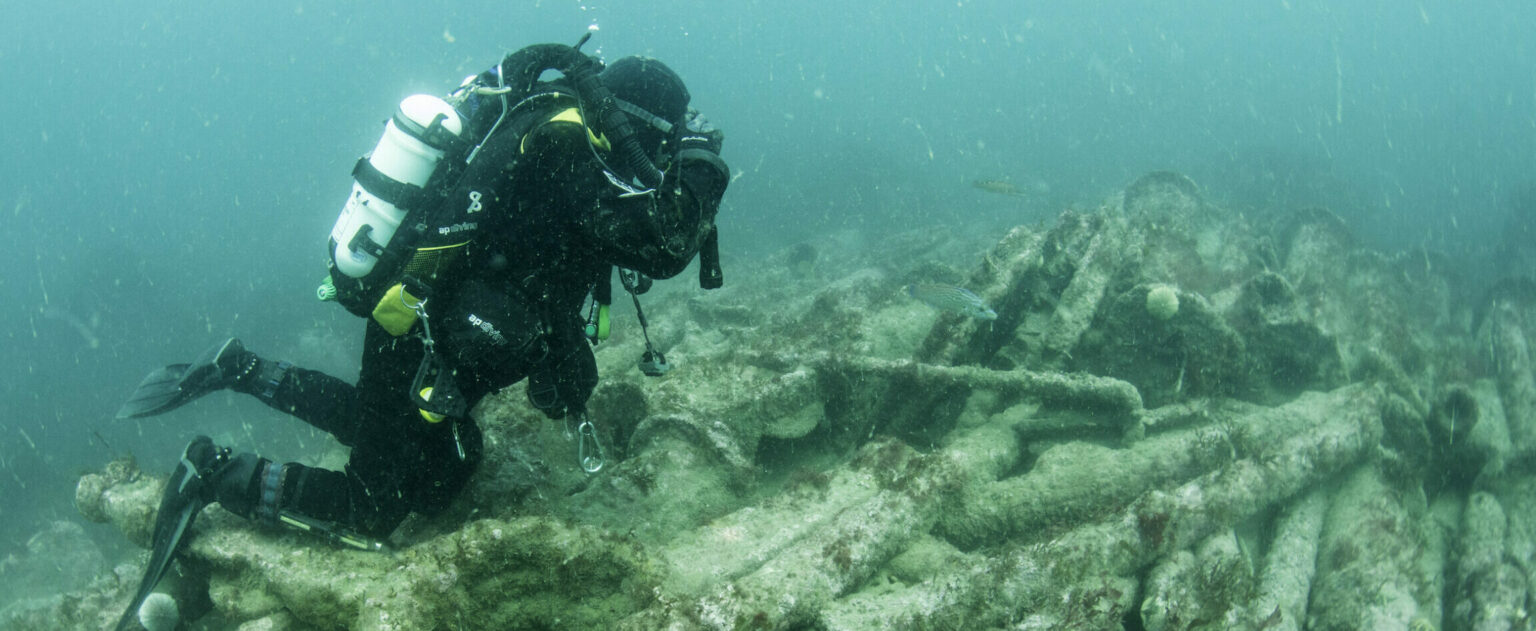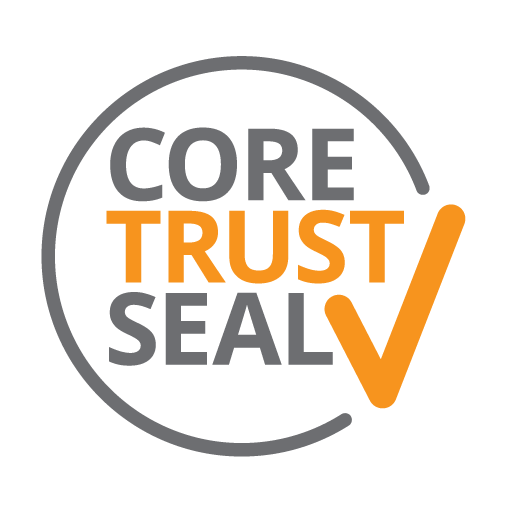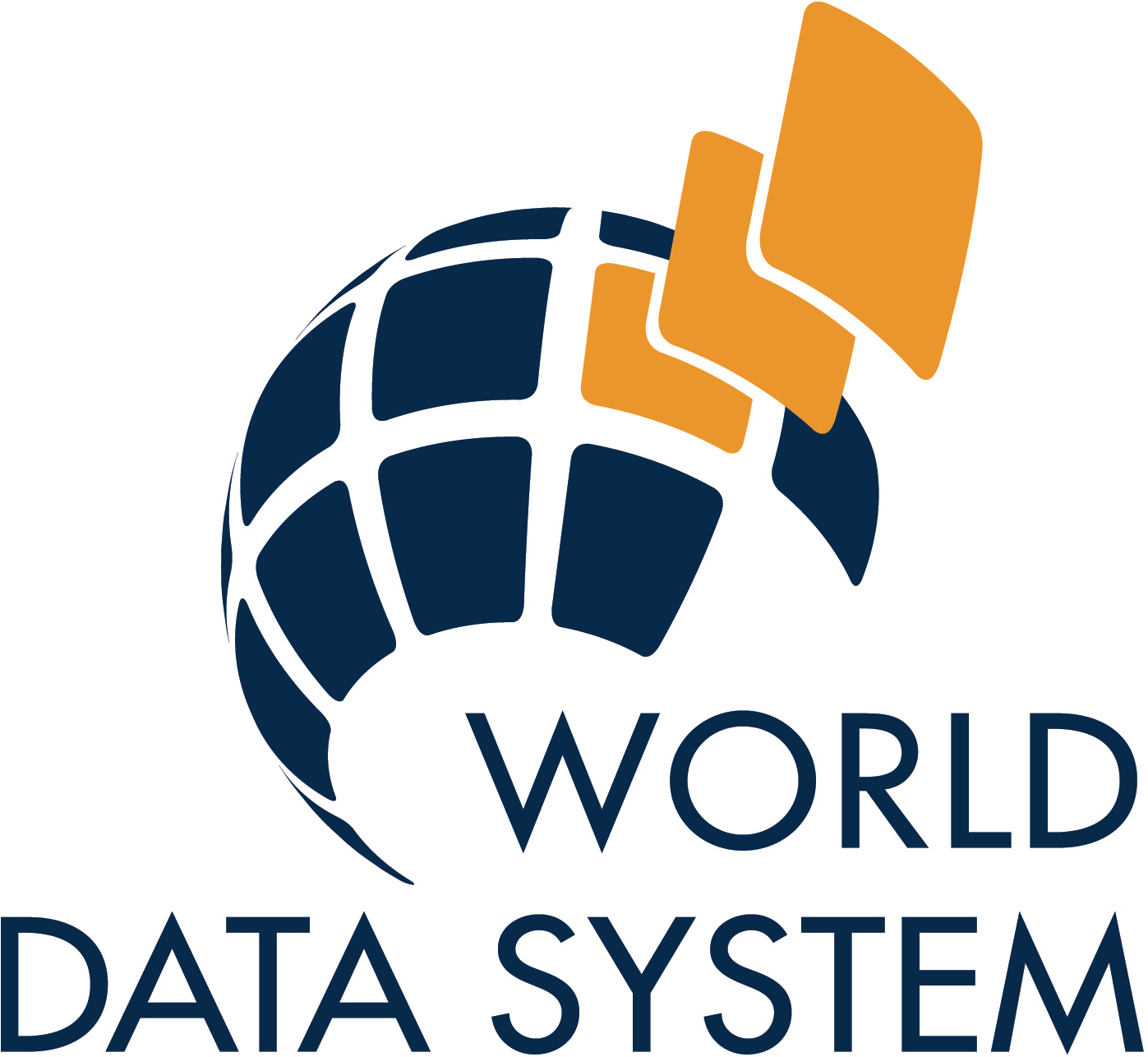Digitisation: retrospective conversion to CAD from maps, plans and drawings
Maps, plans and elevation drawings are the most widely available and commonly used sources which are retrospectively converted to CAD. There are four methods of entering data into a CAD system from these sources:
- measurement
- digitising
- ‘heads-up’ digitising
- semi-automatic tracing.
The process of importing information from maps, plans or drawings will have implications both for data precision and accuracy, and it is important to be aware of a number of issues. The first of these concerns the source material itself. While maps, plans and drawings that originate on special plastic films, such as mylar, are reasonably stable, paper can stretch and distort over time. In addition, where the item is a copy rather than an original a number of distortions may result from the copying process used. In general, the following information should always be recorded:
- publisher and copyright owner, which will often (but not always) be the same. For Ordnance Survey mapping, the copyright holder is the Crown
- The medium
- scale of the original source, given as a ratio, and the original scale (where the source map is an enlargement or generalisation from another source)
- name of the original source, e.g. map and the map series (where appropriate)
- claimed accuracy for any specific components: map makers will often provide an estimated precision for contour lines or other sub-components of a map
- all details of the map projection and coordinate system employed. This information is usually printed on the mapsheet or else should be sought from the map source.
Whichever technique is selected, it may be necessary to experiment with the original data sources to determine the levels of accuracy, precision and reliability that can be obtained by comparing dimensions on the original source with those in the CAD model (see Appendix 1).
Measurement
The information from the maps, plans or drawings can be used to provide the dimensions and locations of geometric shapes. Coordinate points are derived from the source and manually entered into the CAD package. The process is the same as making a model from a standard hand-measured survey. Assuming that all measurements are present, a full three-dimensional model can be created.
Digitising
Plans may be traced directly into a CAD package as vector data using a digitiser (also know as a digitising or graphics tablet). A digitiser is an electronic drafting board that is used instead of a mouse to provide data input to a computer. Large digitisers are available so that even drawings of considerable size can be traced easily. Drawings of any size can be traced and properly orientated, working on a portion of the whole at a time, even on small digitising tablets. However, larger tablets save time when dealing with large drawings. Scale, position, and orientation are established before tracing, and the user has complete control over the tracing process.
Digitising tablets generally offer finite resolution in both x and y directions. This can be expressed as a quoted resolution, for example 0.02 inches or 0.001 inches, or as lines per inch (lpi), e.g. 200 lpi or 1000 lpi. This information can be found within the digitiser manual. Unlike the scanning process, where a scanned map generates a single raster image, digitising a single paper plan may form the basis of a large number of discrete, thematic vector data layers.
When digitising, the following additional information should be recorded. As with the scanning process this may involve careful checking of hardware and software documentation, for example to determine the resolution of the digitiser.
- Detail of the digitising device used, such as the make and model, software driver and version
- The precision, usually specified as a quoted resolution or as lpi
- Details of any automatic vector processing applied to the theme (such as snap-to-nearest-node)
- Details of control points used to manage conversion from digitiser to real-world planar coordinate systems
- Errors incurred in the above transformation process (e.g. quoted RMS).
It is possible to use plans and elevations together to create three-dimensional effects and, with some patience, three-dimensional models. If a plan view is traced, for instance, the elevation can also be traced, starting on the proper points on the plan but placed on a vertical plane. Of course, adjustments will be necessary to accommodate the deviations from simple, planar drawings, but such adjustments are possible in some, if not all, cases.
Heads-up digitising: a scanning-digitising hybrid
Another option is to create a scanned image of the source document and import it into CAD software for on-screen – or ‘heads-up’ – digitising. The CAD software used for this purpose must be capable of both importing and manipulating a scanned raster image.
Scanning
Maps, plans and drawings can be scanned, with a flatbed or drum scanner, to generate two-dimensional raster images. Scanning devices vary considerably in accuracy and resolution, with flatbed and drum scanners normally providing a resolution between 100 and 1200 dots per inch (dpi). The more expensive drum scanners claim resolutions of between 3-5000 dpi. In all cases care should be taken to distinguish between the true optical resolution of a given scanner and that obtained through interpolation procedures. If scanned, then there is likely to be a single raster file data product.
There is a very wide variety of image formats for holding raster data (see the guide on Raster Images), the majority of which are designed for photographic images and not spatially referenced data. It should be noted that the scanning process can result in some very large raster images.
For products that have been generated by scanning paper originals, the following additional information to the core mapsheet data should be recorded for each raster file generated. It should be noted that to retrieve some of this information will involve careful checking of the respective hardware and software documentation:
- Details of the scanning device used, such as the make and model, software driver and version
- Parameters chosen in the scanning process, such as the resolution setting of the device, the number of bits per pixel used
- Details of any pre-processing undertaken on the source mapsheet. This may include a range of options provided by the specific scanning software used
- Details of any post-processing undertaken on the data, such as noise reduction or sharpening with convolution filters, histogram equalisation, contrast adjustment.
Heads-up digitising
Once the image has been imported in to the CAD software it is scaled to the correct dimensions and moved to the correct orientation and effectively it is registered in space. The image can then be used as the basis for ‘heads-up’ or ‘on screen digitising’. This involves using the mouse pointer to trace around the elements of the image that are to be digitised. Coordinates are recorded as the mouse moves in much the same way as when moving the puck on a digitising table or tablet. A vector data layer is created and, once this is complete, the raster original is generally deleted from the CAD model.
The advantages of heads-up digitising include:
- The technique can be used when no digitising tablet is available
- Once the raster image has been orientated correctly in CAD it can be digitised in several sessions without the need for re-registration or checking the calibration of a digitising tablet. The ability to work in shorter sessions minimises errors that may result from fatigue, etc.
- As the image is displayed on the computer screen it is easy to zoom in to clarify complex areas. The limit to which an image can be enlarged is the point at which the lines in the image become jagged because the individual pixels have become visible as squares or rectangles.
A typical desktop scanner scans at 300 pixels per inch and at this resolution each pixel represents approximately a 0.085mm square of the original image. Scanning at higher resolutions retains more detail in the image. It can be useful to scan at a slightly higher resolution than you intend to digitise because the image remains clear when you zoom into complex areas. However, as a general rule, images should be digitised at approximately the scale at which the vector data will be used. This is because although the vector data can be rendered at different scales, a fixed number of data points exist and if the scale is increased too far lines may become jagged. If the data are used at a much reduced scale, an unnecessary number of data points will have been recorded resulting in a large file size.
The disadvantages of heads-up digitising include:
- Large format scanners are needed to scan large originals and these may be difficult to obtain
- CAD software may not be able to correct all of the distortions in the original source material unless this is a two-dimensional drawing with all dimensions in the same horizontal or vertical plane.
Semi-automatic tracing
Raster images can also be made into vector data by using one of a number of software products. These include very sophisticated, semi-automatic, tracing tools which can vectorise 70-80% of the data for an ideal image without intervention. Such tools request intervention by a user when a problem, such as crossed lines, cannot be resolved automatically. They can manipulate the output from high (over 3000 pixels per inch) resolution drum scanners, as well as from desktop flatbed scanners. These programs are expensive, although they are sometimes available at discounted rates to non-profit research or educational institutions. Although there are also a number of cheap/shareware tools available for use on a PC, these have limitations in terms of the maximum scan resolution they can handle, or the size or complexity of the image.
Semi-automatic tracing programs create very large files owing to the number of separate line segments that are created. None of these programs can convert 100% of a scanned map or plan into vector data without human intervention. The amount of intervention that is required depends on the sophistication of the program, the quality of the scan and the complexity of the image. Without human intervention automatic tracing programs have limited usefulness as they become confused, e.g. by lines that cross one another. Nevertheless, cleaning and correcting an auto-trace may represent a considerable time saving over digitising a map or plan from scratch.



